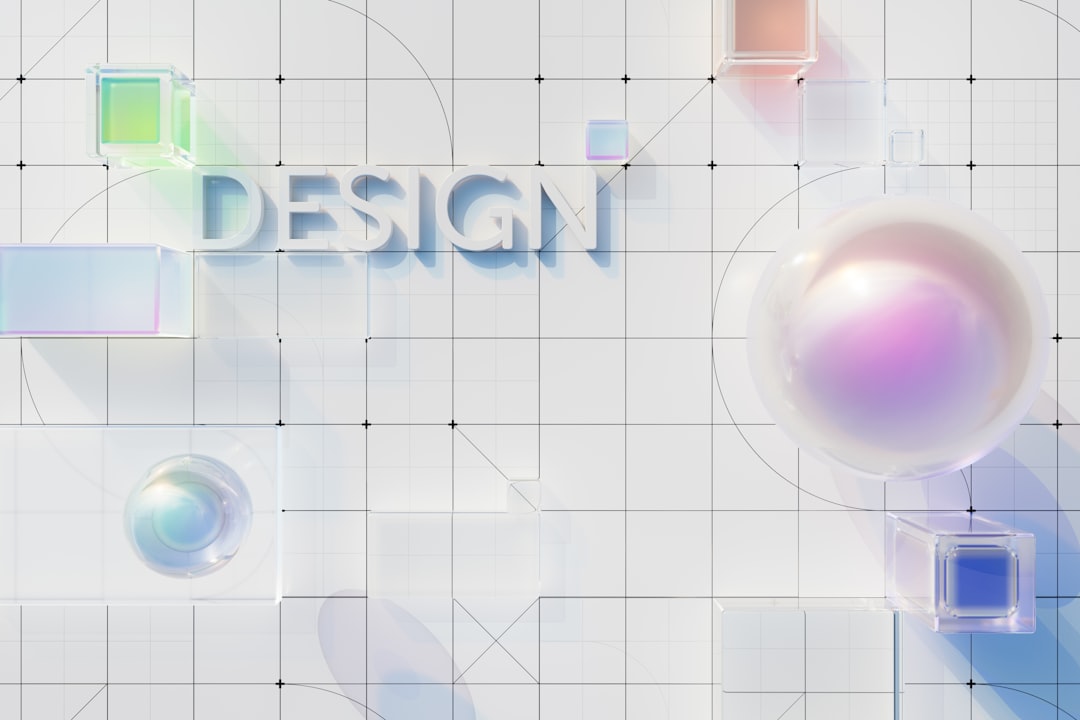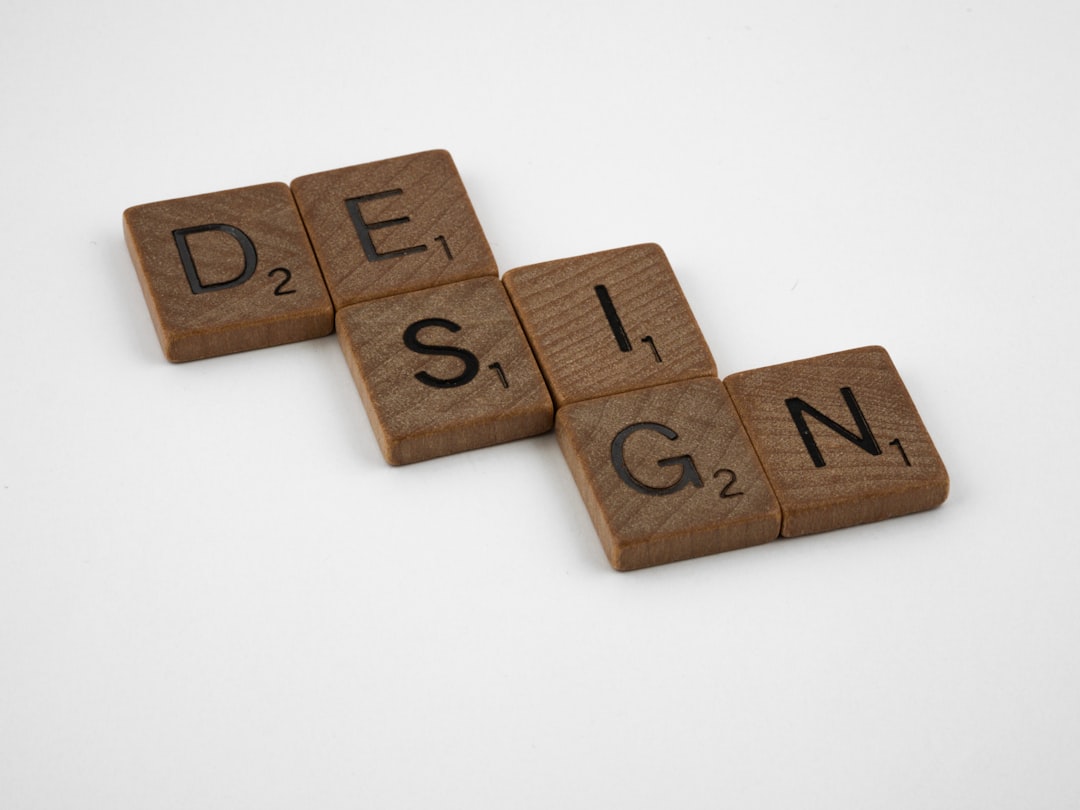In today’s competitive market, branding is more critical than ever before. A strong logo is the cornerstone of a company’s visual identity, and as technology evolves, so do the tools designers use to create such identities. With the advent of virtual reality (VR), a new dimension has emerged in the design and visualization process. An intriguing question arises for both designers and businesses alike: Are there any logo design software tools that offer virtual reality integration for logo visualization? The short answer is yes, although this technology is still in its early stages of adoption.
Virtual reality allows designers and stakeholders to experience a logo in a simulated three-dimensional space, offering a more immersive and realistic sense of how the logo will appear across different mediums and environments. This can significantly enhance the evaluation and decision-making process behind brand identity design.
Current Software Tools Offering VR Integration
While full-scale VR integration in logo design software is not yet widespread, several platforms are beginning to introduce VR features for design visualization. These tools are often part of a broader ecosystem of 3D and graphic design software that can be used collaboratively for logo assessments:
- Adobe Substance 3D – Although not a traditional logo design tool, Adobe Substance 3D allows designers to place logos on 3D mockups like product packaging or signage. These models can then be explored using VR, providing a tangible sense of dimension and context.
- Gravity Sketch – Originally used for industrial and product design in a VR environment, Gravity Sketch offers potential for typography and logo prototyping in 3D space, which can be adapted for branding exploration.
- Unity with Open Brush (formerly Tilt Brush) – Combining Unity’s game development environment with VR painting tools like Open Brush can empower designers to experiment with logos in full 3D and present them within virtual brand environments.
These tools are often used in conjunction with traditional logo design platforms such as Adobe Illustrator or Affinity Designer. Designers might create initial concepts in 2D and then migrate them into VR-capable environments for immersive visualization.

Benefits of VR in Logo Visualization
Integrating VR into logo design processes yields several notable advantages:
- Enhanced spatial awareness: Stakeholders can see how a logo interacts with physical space, like wrapping on a product box or signage placement in an office lobby.
- Real-time feedback: Designers can walk through branded areas in virtual environments, observing lighting, perspective, and context in ways traditional mockups can’t provide.
- Collaborative design revision: With multi-user VR platforms, teams from different locations can view and adjust branding elements simultaneously in a shared virtual space.
Such benefits could significantly impact industries that depend on high-impact branding—such as retail, architecture, and experiential marketing. Virtual reality allows creative ideas to move beyond the screen into simulated real-world scenarios, improving comprehension and testing accuracy.
Challenges and Limitations
Despite its promise, virtual reality is still making its way into mainstream logo design due to several challenges:
- Hardware dependency: Access to quality VR headsets and high-performance computers remains a barrier for many independent designers or small studios.
- Steep learning curve: Creating and interacting with logos in 3D space requires knowledge of modeling, spatial thinking, and often programming or scripting within VR environments.
- Limited direct logo functionality: Most VR tools aren’t optimized specifically for logo creation. They currently serve better as visualization supplements rather than as design creation platforms.

The Future of VR in Logo Design
It is very likely that logo design and branding will increasingly adopt virtual reality as part of their creative and presentation workflows. As software becomes more accessible and user-friendly, VR tools may evolve into critical platforms for immersive brand presentations, particularly for client pitches, packaging demos, and environmental design.
Additionally, with the emergence of the metaverse and other immersive digital platforms, logos will need to be conceived and experienced in 3D virtual environments from the start. The demand for designs that function well in both physical and virtual realms will only grow.
In conclusion, while logo creation remains firmly rooted in 2D design principles, the move toward VR-assisted visualization is inevitable. As software capabilities expand and hardware becomes more affordable, we can expect VR to become a standard element in the branding toolkit—bringing logo design into a new era of immersive, spatial creativity.



